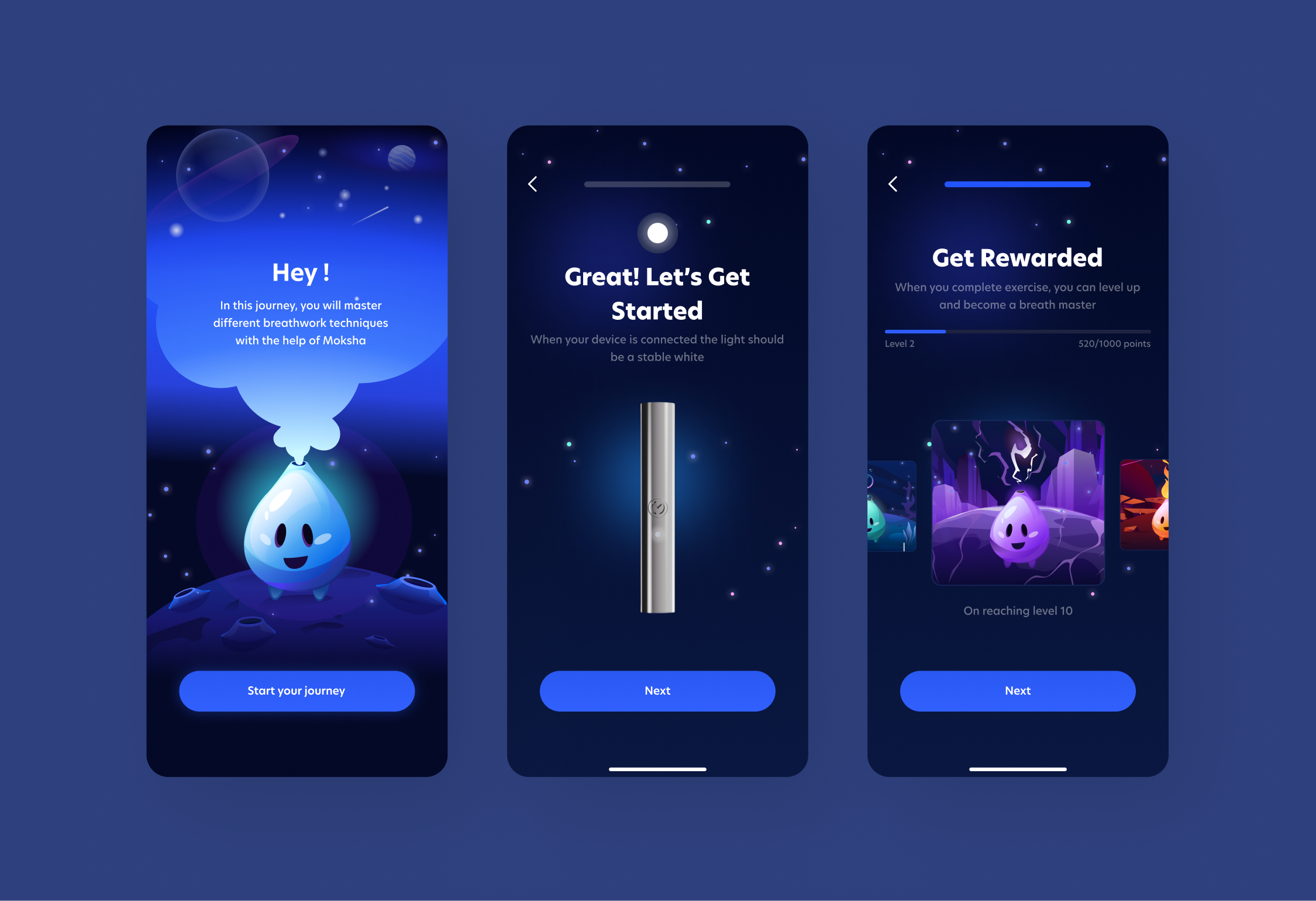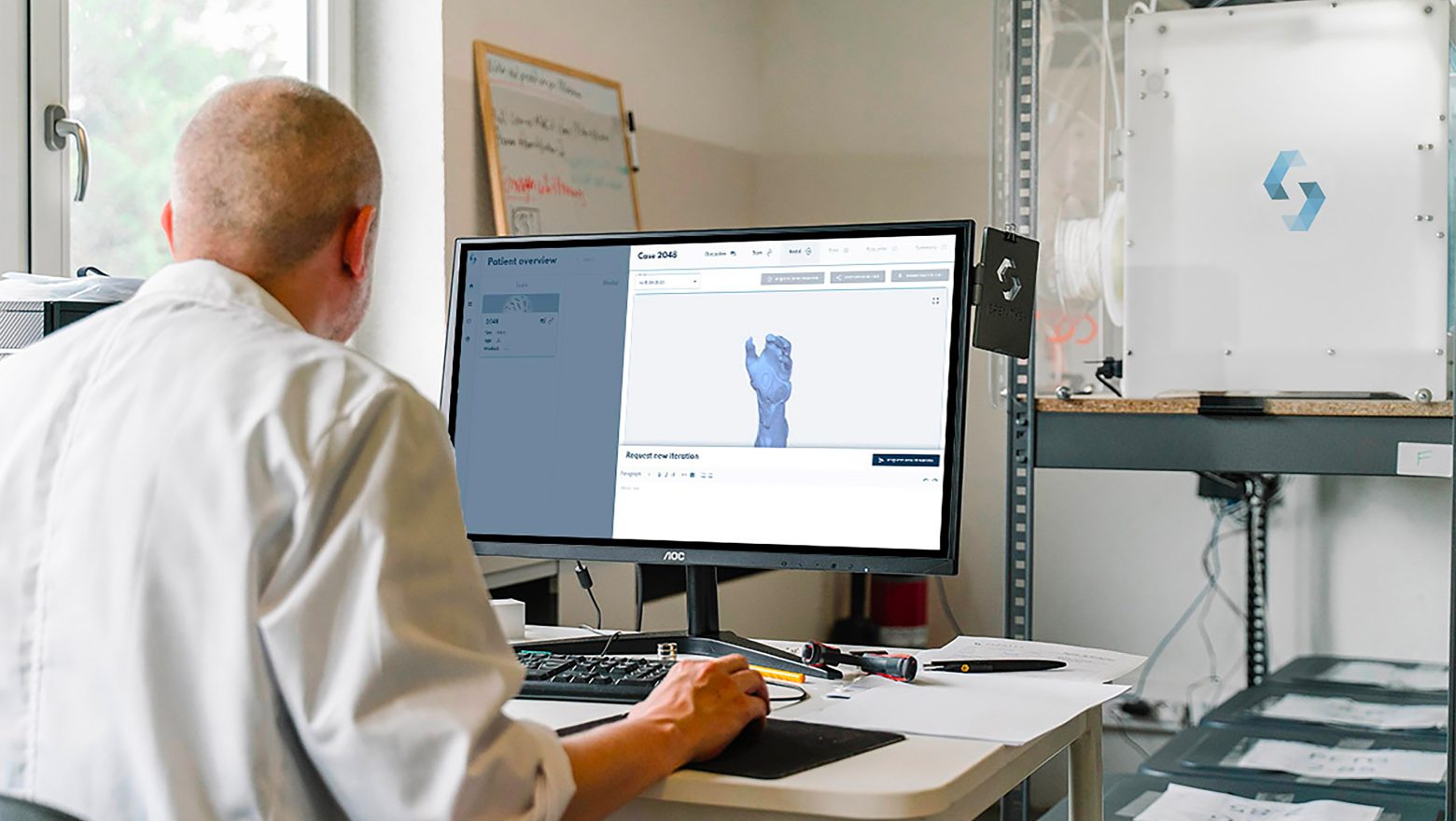What software do doctors use? Let’s dive into the exciting world of healthcare tech. You won’t believe the leaps we’ve made! Imagine being able to diagnose from miles away or using VR to practice surgeries. It’s not something out of a sci-fi movie anymore. This stuff is real and it’s changing lives as we speak.
So, what’s cooking in 2024? We’re here to break down the hottest healthcare software shaking up the scene. And guess what? We’ve even got a book detailing the ins and outs of stellar digital health products like Calm, MyFitnessPal, and Flo. It’s like having a cheat sheet to understanding what makes these healthcare software systems tick and how they’re making a splash.
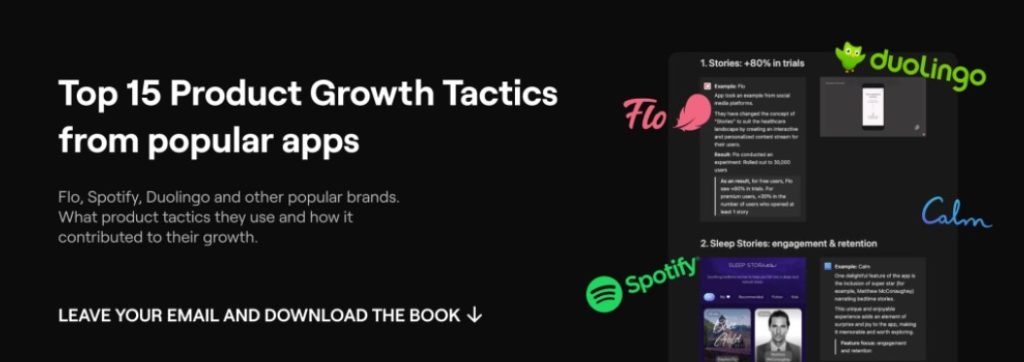
Download Top 15 Product Tactics that use popular Digital Health Brands for Growth
Let’s see types of medical software
1. Medical imaging software
Ever dreamed of X-ray vision? Well, medical imaging software is almost making that a reality. It’s turning MRI, CT, and PET scans into 3D masterpieces, helping doctors customize your treatment to the T. It’s like having a tailor for your health – crafting everything just for you.
And let’s talk about prosthetics and medical devices. The precision here is mind-blowing. We’re talking about printing out body parts or devices that fit you perfectly. Imagine a world where your new knee or dental implants are as custom as your morning latte.
3D Medical Imaging Software Enables:
- Creation of 3D anatomical models. Such applications empower healthcare technicians to design patient-specific models. For instance, they can fabricate an exact replica of a patient’s dentition for orthodontic procedures using 3D modeling.
- Production and printing of medical devices or prosthetics. Well, this technology facilitates the creation of critical medical components, such as prosthetic limbs or stents for heart surgery, through precise 3D printing techniques.
DermEngine, for instance, is a game-changer for skin analysis. It’s like having a detective dedicated just to your skin’s mysteries.
2. Medical diagnosis software
Moving on to medical diagnosis software – it’s like having a health detective. This tech sifts through tons of data, helping doctors pinpoint what’s up without even meeting you. And for us regular folks? There are apps to figure out if that headache is just stress or something more.
Individuals also have access to diagnostic applications to preliminarily assess whether their symptoms necessitate medical attention, a trend that gained traction amidst the pandemic.
Moreover, these diagnostic medical computer programs are continuously evolving, integrating the latest advancements in machine learning and data analytics to further refine their accuracy. As this medical patient software advances, the potential for early detection of diseases, personalized treatment plans, and even predictive health insights grows, promising a future where healthcare is more responsive, effective, and tailored to the individual needs of patients.
Take Sensae, for example. It reads your emotions and helps healthcare pros get to the heart of what you’re feeling.
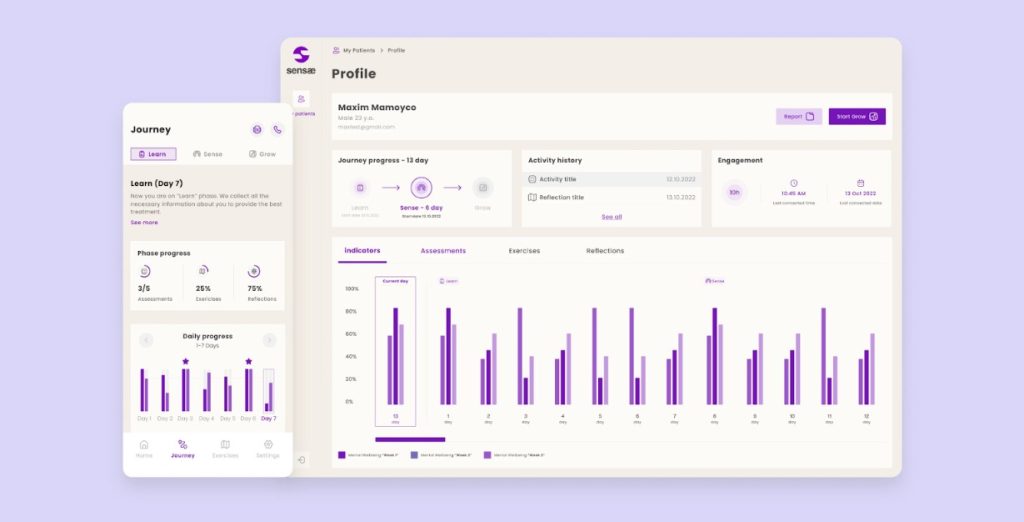
Case Study: How to Create an Accurate AI Healthcare App
3. E-prescribing software
Say goodbye to trying to decode your doctor’s handwriting. E-prescribing software is making meds easier to manage than ever. It’s all digital, all streamlined, and it means your prescription can beat you to the pharmacy.
This medical computer software enables doctors to monitor, update, and revoke prescriptions for their patients, in addition to being linked with comprehensive drug reference databases.
With electronic prescriptions, patients can easily send their prescriptions to their preferred pharmacies electronically, reducing wait times and making the process of obtaining medications more efficient. And it smooths out the whole chat between your healthcare team and the pharmacy, making sure everyone’s on the same page. Fast, efficient, and no mix-ups. How awesome is that?
4. Telemedicine software
So, have you caught onto the telehealth wave yet? It’s booming, set to soar to a whopping $64 billion by 2025 in the U.S. alone! Why’s it taking off? Simple: it’s super convenient for both doctors and patients. Imagine chatting with your doc from your living room or getting a prescription without stepping outside. That’s telehealth for you.
These platforms let you have check-ups via your laptop or phone. And the best part? Some apps throw in video calls, e-prescriptions, and even let you handle the bill online. It’s like having a virtual doctor’s office at your fingertips. How cool is that?
The perfect example is Allbry. This is a mental health platform for students where they can anonymously discuss their problems with psychologists.
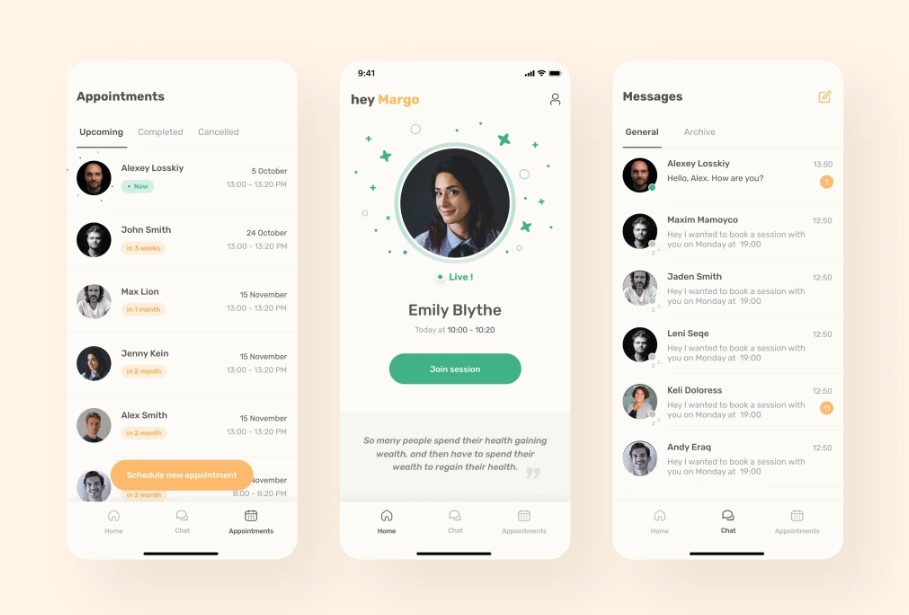
5. Hospital management software
Alright, let’s break this down in a way that feels more like a chat over coffee than a lecture. Hospital admin software is pretty much the unsung hero of the healthcare world. Think of it as the brain behind the scenes, making sure everything from your bills to bed availability is handled smoothly. It’s like having a super-efficient personal assistant for the whole hospital.
Now, these systems, especially the software for healthcare management systems, are like the ultimate multitaskers. They keep an eye on finances, make sure the medical bills are sent out on time, handle insurance claims without breaking a sweat, and even make sure there are enough beds for everyone who needs one. It’s like juggling, but they never drop the ball.
And get this – they’re tight with Electronic Health Record (EHR) systems too. This means all your health deets are synced up and shared seamlessly across departments. No more repeating your medical history like it’s Groundhog Day.
But wait, there’s more on the horizon. As tech gets even smarter, expect the software for healthcare providers/hospital administration software to start showing off some new tricks. We’re talking AI that can guess when the hospital’s going to be busy or blockchain making sure all your data is locked up tighter than Fort Knox. These upgrades are set to make hospital management smoother, safer, and more centered around you – the patient.
6. Health tracking apps
As of 2019, the worldwide mHealth (mobile health) application sector reached a remarkable value of $37 billion.
This significant segment of the industry encompasses apps across various niches, notably:
- Exercise – such as the widely-used Incorpo app.
- Nutritional tracking – with Sumu being a prime example.
- Relaxation and stress management – highlighted by the extensively favored Headspace app.
![]()
Learn how we created a mobile app with bio-marker analysis & coaches
Plus, there’s this cool trend where health apps are teaming up with IoT (that’s Internet of Things) gadgets to keep a closer eye on how we’re doing, health-wise. Think of it like your fitness and health stats getting a tech-savvy buddy. Top picks include those bands that monitor your sleep (hello, FitBit), fancy jewelry that cares about your well-being, gadgets that keep tabs on your blood sugar, and even gadgets to track your body temp for cycle tracking.
7. Remote Patient Monitoring (RPM)
Remote Patient Monitoring (RPM) is totally changing the game in healthcare. Picture this: grabbing health stats without needing to step foot in a clinic or hospital. Thanks to this nifty approach and medical database software, we’re seeing a huge boost in how much health info we can gather and use, even from miles away. And yeah, when the world went topsy-turvy with the pandemic, RPM really took off, giving us a fresh way to keep an eye on health without the usual in-person visits.
RPM’s toolkit is pretty awesome. It’s got everything from heart and blood pressure monitors to gadgets that check your blood’s glucose and oxygen levels. All this tech, including the medical software used in hospitals, means health pros can keep a real-time tab on how you’re doing and jump in if something looks off. It’s crucial for keeping healthcare standards sky-high.
Especially for folks dealing with chronic issues, recovering post-op, or our esteemed seniors, RPM is a game-changer. It makes sure they get top-notch care right at home. And as this medical computer program gets even smarter, we’re looking at a future where health management is seamless and accessible for everyone. How cool is that?
8. IoT & Wearables Devices in Healthcare
Healthcare IoT gadgets are seriously shaking things up in how we keep track of our health. Imagine having a little sidekick that keeps an eye on everything from your blood pressure and sugar levels to how well your heart’s beating and even how you’re sleeping – all without you having to do a thing. These gadgets work round the clock, giving you a full picture of your health in real-time.
Thanks to these savvy medical software programs, doctors can get super precise in checking out your health, whether you’re chilling on the couch or running a 5K.
And guess what? The crowd’s getting bigger because, according to MarketsandMarkets, those wearable health gadgets we all love might hit a whopping $70 billion market value by 2028. Plus, we’re talking about an annual growth rate of over 11 percent. Talk about skyrocketing!
Illustrative Examples of Applications:
- Smartwatches by MorePro
- Intelligent Inhalers from Sensirion
- Kinetic Wristbands by Mysource

Read about how to create an attractive app for wearables
9. Virtual Reality Medical Solutions
Virtual reality (VR) isn’t just for gamers anymore—it’s making waves in the healthcare world, thanks to some seriously innovative medical software.
This tech is revolutionizing everything from how doctors train to how patients heal, making surgeries more precise and therapy sessions more effective. It’s growing fast too, with a huge spike in adoption rates, boasting a 30.3% yearly increase as highlighted in a PWC study.
Research published by the Harvard Business Review indicates that VR training can amp up surgical skills way beyond old-school methods.
Product highlight: Novobeing’s unique offerings blend meditation, breath exercises, music, and immersive sensory settings to facilitate seamless relaxation. Crafted to soothe the mind, anchor attention in the now, and foster a state of positivity and well-being, this method offers a holistic path to tranquility.
Conclusion
Yes, the healthcare industry software has spawned a diverse range of applications that are making waves across the medical field. As we have explored, these medical systems software are not merely enhancing traditional practices but are also paving the way for entirely new modes of care delivery.
The examples of cases listed in the article are also reflected below in our collection of case studies. We’re a digital health product studio dedicated to revolutionizing digital healthcare experiences and establishing new benchmarks for delivering healthcare digitally, with a focus on positively influencing individuals’ lives.
Our mission is to support healthcare startups with the design and development of digital products and to guide healthcare organizations through transformative shifts.
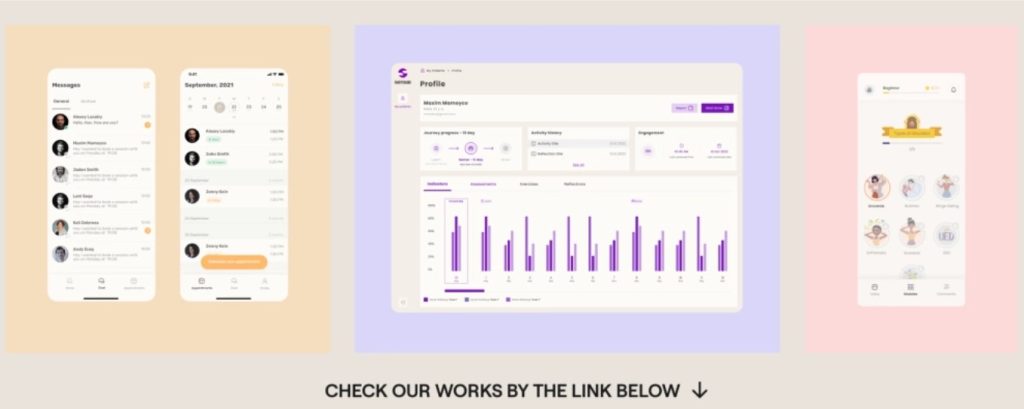
If you are interested about our experience check our portfolio with case studies: https://studio.nozomihealth.com/work
Or write to us now on m@nozomihealth.com and we will discuss how we can help ensure that your product brings real benefits.


